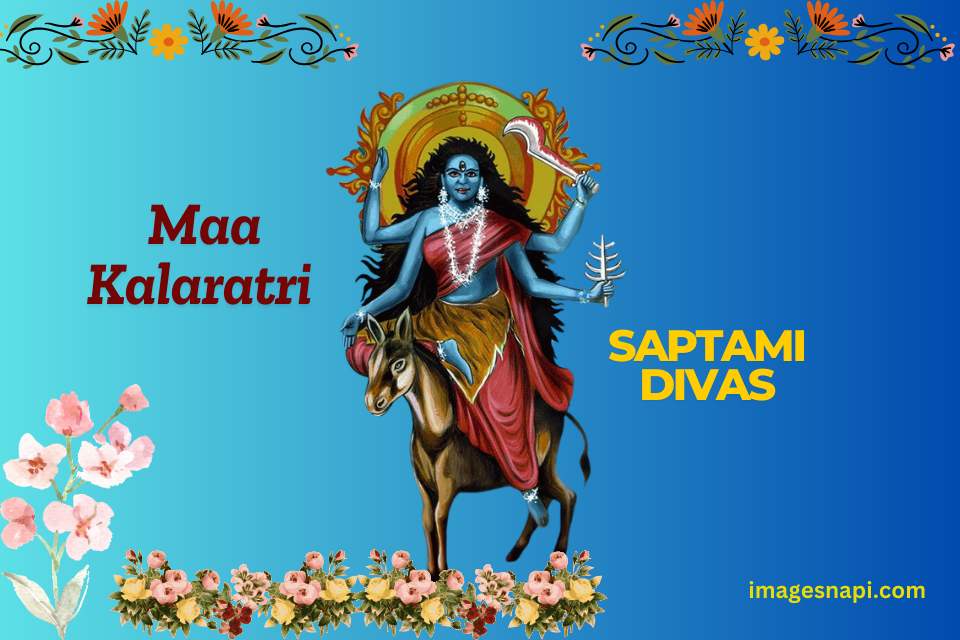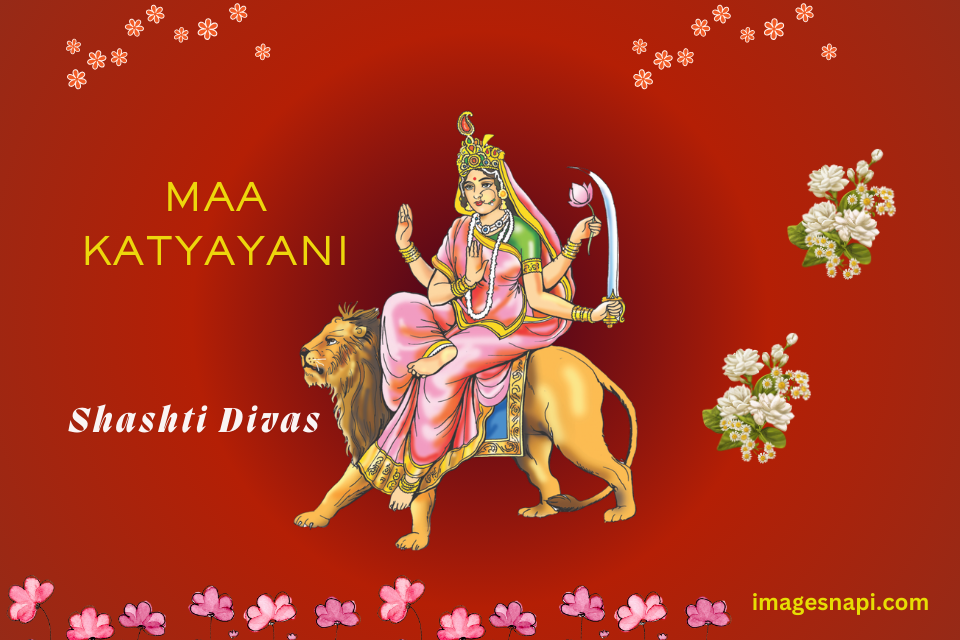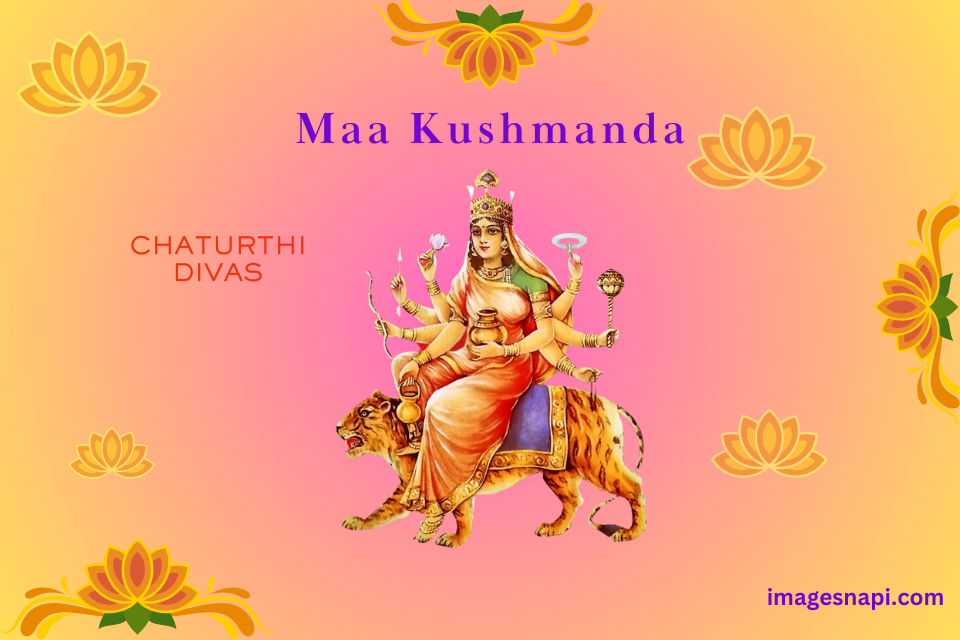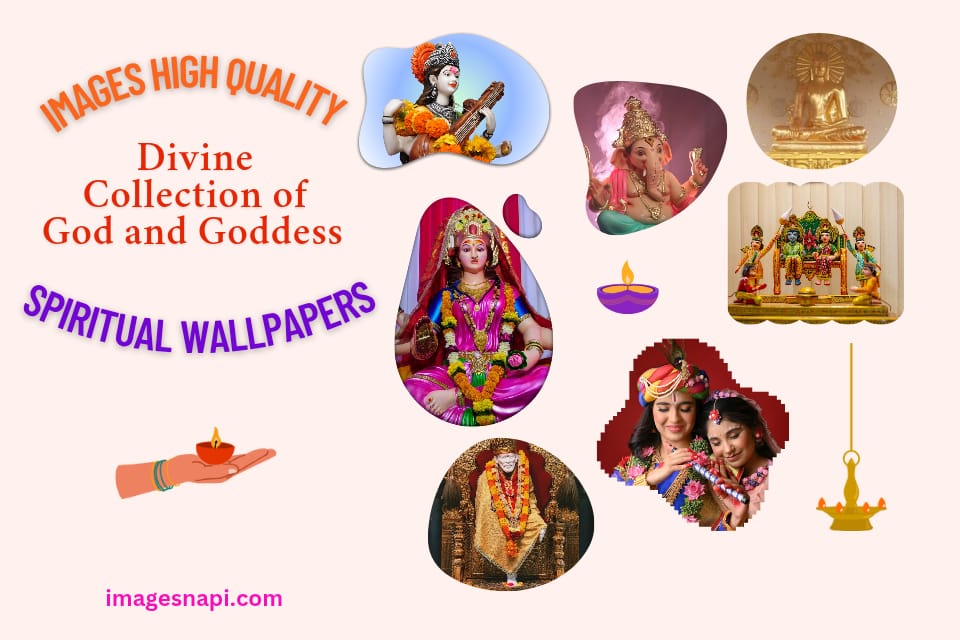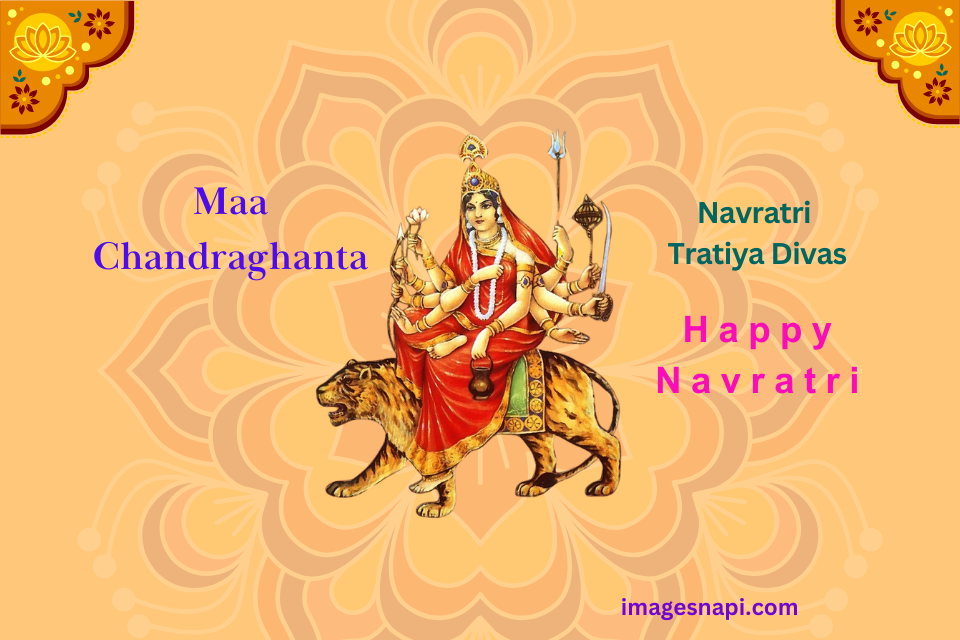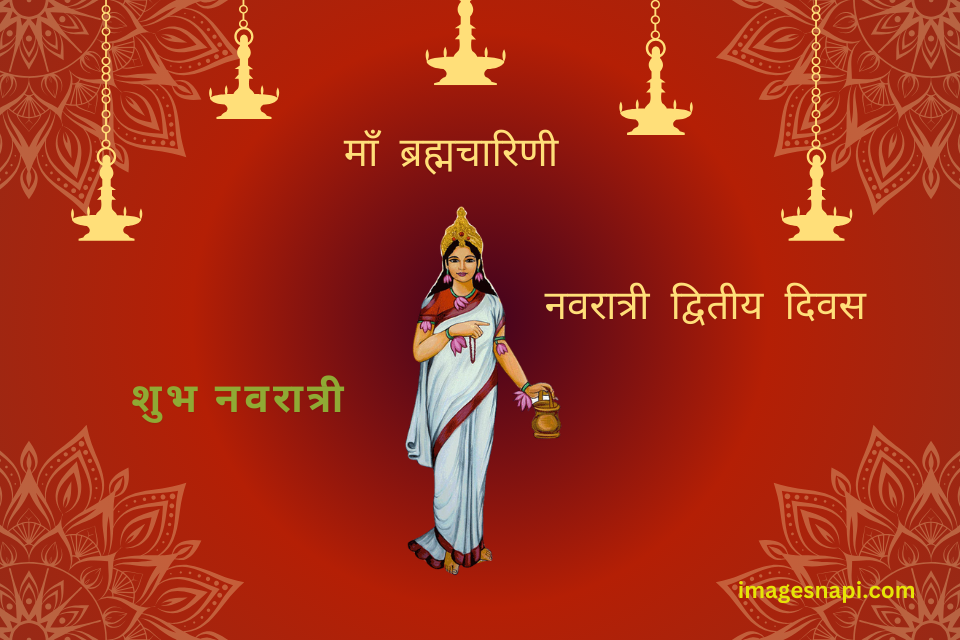
Top Hindi Motivational Images to Inspire You Daily
Boost your day with powerful Hindi motivation images! Uplift your spirits, stay focused, and fuel your dreams with daily inspirational quotes and visuals. Hindi Motivation Images need a little push sometimes—a few words of encouragement to get us through the day. What better way to stay motivated than by seeing a beautiful image with a powerful Hindi quote on your desktop or mobile screen? Find a wide selection of free images for happy birthday celebrations across various platforms. From vibrant birthday banners and balloons to heartwarming messages, these images are perfect for sharing on social media or personal projects. Download high-quality, royalty-free images from sources like Unsplash, Pexels, Pixabay, and Freepik.Download stunning motivational images with powerful Hindi quotes to uplift your day. Hindi Motivation Images perfect for desktops, mobiles, or social media, these visuals inspire positivity, self-belief, and focus. Set them as wallpapers or share with friends for daily encouragement. Hindi Motivation Images blends beautiful design with meaningful words to keep you motivated. Here’s a handpicked collection of the most inspirational Hindi images to lift your spirits and energize your mind every single day. Hindi Motivation Images 1. सुबह की शुरुआत करें सकारात्मक सोच से Every morning brings a new opportunity. Start your day with positive thoughts and set the tone for success. This simple habit can energize and inspire your entire day. Remember, the way you think in the morning shapes how your day unfolds. Explore beautiful sunrise good morning images with lush green nature. These serene visuals combine the freshness of a new day with vibrant greenery, perfect for inspiring positivity. Ideal for sharing or using as wallpapers, these images bring a peaceful start to your day with natural beauty and energy. Quote: “हर दिन एक नया अवसर है, खुद को बेहतर बनाने का।” Mood: Fresh, hopeful Use it for: Your morning wallpaper to start the day with clarity and drive. 2. हार मत मानो, कोशिश जारी रखो Never give up, no matter how tough the journey gets. Every effort you make brings you one step closer to your goal. Challenges are a part of life, but those who keep trying with determination always find a way.Hindi Motivation Images Success doesn’t come overnight—it requires patience, persistence, and a strong will. When you feel like quitting, remind yourself why you started. Keep your vision clear and your spirit strong. Even the smallest progress is a sign of growth. So, rise every time you fall, and keep moving forward. Victory belongs to those who refuse to stop trying. Browse through our diverse image gallery featuring stunning visuals for every occasion. From nature and landscapes to inspirational quotes and festive celebrations, discover high-quality images perfect for use as wallpapers, social media posts, or personal projects. Find the perfect image to match your mood or theme today!Keep going—you’ve got this! Quote: “संघर्ष जितना कठिन होगा, जीत उतनी शानदार होगी।” Mood: Determined, focused Use it for: When you’re feeling low and need a mental push to keep going. 3. खुद पर विश्वास रखो Believe in yourself, because self-confidence is the foundation of all success. When you trust your abilities, you gain the strength to face any challenge. Doubts may arise, but don’t let them control your path. Your dreams are valid, and you have the power to make them real. Every step forward begins with inner belief. Others may question your potential, but your self-belief will guide you through. Even in failure, learn and rise stronger. Trust your journey, trust your choices, and trust your growth. The world starts believing in you only when you start believing in yourself. You are enough. Quote: “जो खुद पर विश्वास रखते हैं, वो दुनिया बदल सकते हैं।” Mood: Empowering Use it for: Boosting self-confidence during tough phases. 4. लक्ष्य पर नजर रखो Keep your eyes on the goal and believe in yourself. Challenges may come, but your focus and self-confidence will lead you through. Trust your journey, stay determined, and never lose sight of your dreams. With faith in yourself, every step becomes stronger and every goal becomes possible. Quote: “सपने वो नहीं जो हम सोते वक्त देखते हैं, सपने वो हैं जो हमें सोने नहीं देते।” – A.P.J. Abdul Kalam Mood: Ambitious, visionary Use it for: Staying focused on your goals and dreams. 5. मेहनत का कोई विकल्प नहीं होता There is no substitute for hard work. Success comes to those who are consistent, dedicated, and willing to put in the effort. Talent may give you a start, but only hard work takes you to the finish line. Keep pushing, keep striving—your hard work will surely pay off. Quote: “कड़ी मेहनत का फल हमेशा मीठा होता है।” Mood: Hardworking, relentless Use it for: Reminding yourself that consistent effort leads to success. 6. सकारात्मक सोच का जादू The magic of positive thinking lies in its power to transform your life. When you focus on the good, opportunities open up, and challenges become easier to tackle. A positive mindset attracts success, enhances resilience, and brings clarity. Believe in the power of positivity—it can change everything. Quote: “सोच बदलो, ज़िंदगी बदल जाएगी।” Mood: Optimistic Use it for: Keeping a positive mindset, no matter what. FAQs 1. Where can I download motivational Hindi images? You can download them from our website’s gallery or image section for free. 2. Can I use these images as wallpapers? Yes, all images are perfect for desktop and mobile wallpapers. 3. Are the quotes in Hindi or English? The quotes are in Hindi with powerful motivational messages.



